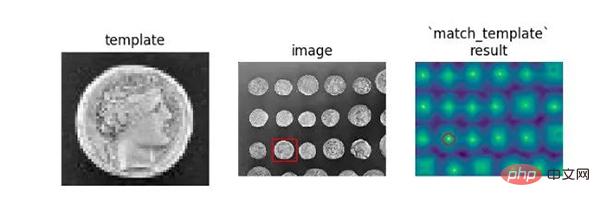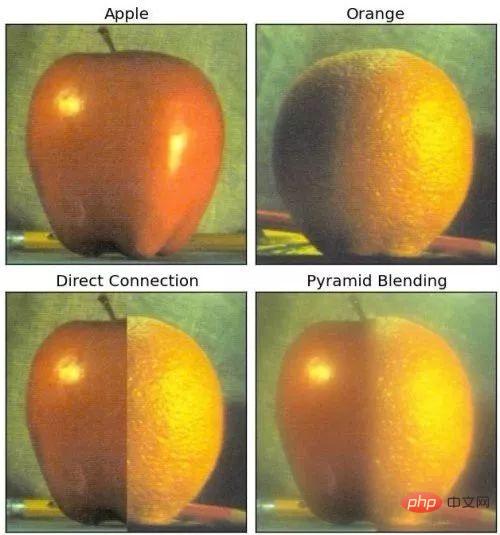

Today’s world is full of all kinds of data, and images are a highly important part of it. However, for it to be useful, we need to process these images. Image processing is the process of analyzing and manipulating digital images with the aim of improving their quality or extracting some information from them and then using them in some way.
Common tasks in image processing include displaying images, basic operations (such as cropping, flipping, rotating, etc.), image segmentation, classification and feature extraction, image restoration and image recognition, etc. Python is the best choice for image processing tasks because of the growing popularity of this scientific programming language and its free availability of many state-of-the-art image processing tools.
Let’s take a look at some common Python libraries used for image processing tasks.
scikit-image is an open source Python package based on numpy arrays. It implements algorithms and utilities for research, education, and industrial applications. It's a fairly simple library even for those new to Python. The library's code is of very high quality and has been peer-reviewed, written by an active community of volunteers.
Usage examples: image filtering, template matching.
You can use "skimage" to import this library. Most functionality can be found in submodules.
import matplotlib.pyplot as plt %matplotlib inline from skimage import data,filters image = data.coins() # ... or any other NumPy array! edges = filters.sobel(image) plt.imshow(edges, cmap='gray')

Template matching (using match_template function)

Numpy is one of the core libraries for Python programming and supports array structures. Images are essentially standard Numpy arrays containing pixels of data points. Therefore, the pixel values of an image can be modified by using basic NumPy operations - such as slicing, masking, and fancy indexing. Images can be loaded using skimage and displayed using matplotlib.
Usage example: Use Numpy to desensitize images:
import numpy as np from skimage import data import matplotlib.pyplot as plt %matplotlib inline image = data.camera() type(image) numpy.ndarray #Image is a numpy array mask = image < 87 image[mask]=255 plt.imshow(image, cmap='gray')

scipy is Python Another core scientific module, like Numpy, can be used for basic image processing and processing tasks. It is worth mentioning that the submodule scipy.ndimage provides functions that operate on n-dimensional NumPy arrays. The package currently includes features such as linear and nonlinear filtering, binary morphology, B-spline interpolation, and object measurements.
Usage example: Use SciPy's Gaussian filter to blur the image:
from scipy import misc,ndimage face = misc.face() blurred_face = ndimage.gaussian_filter(face, sigma=3) very_blurred = ndimage.gaussian_filter(face, sigma=5) #Results plt.imshow(<image to be displayed>)

PIL (Python Imaging Library) is a free Python programming language library that adds support for opening, processing, and saving many different image file formats. However, its development has stalled and its last update was in 2009. Fortunately, PIL has a fork under active development called Pillow, which is very easy to install. Pillow runs on all major operating systems and supports Python 3. The library contains basic image processing functions, including point operations, filtering using a set of built-in convolution kernels, and color space conversion.
Usage example: Use ImageFilter to enhance images in Pillow:
from PIL import Image, ImageFilter
#Read image
im = Image.open( 'image.jpg' )
#Display image
im.show()
from PIL import ImageEnhance
enh = ImageEnhance.Contrast(im)
enh.enhance(1.8).show("30% more contrast")
OpenCV (open source Computer Vision Library (Open Source Computer Vision Library) is one of the most widely used libraries in computer vision applications. OpenCV-Python is the python API of OpenCV. OpenCV-Python is not only fast (because the backend consists of code written in C/C), but also easy to code and deploy (thanks to the Python wrapper on the frontend). This makes it an excellent choice for performing computationally intensive computer vision programs.
Usage example: Use Pyramids to create a new fruit named 'Orapple' function

SimpleCV is also an open source framework for building computer vision applications. It provides access to high-performance computer vision libraries such as OpenCV without having to first understand bit depth, file formats, or color spaces. It's much easier to learn than OpenCV, and as their tagline says, "It makes computer vision easy." Some points in favor of SimpleCV are:
Usage examples

Mahotas is another Computer vision and image processing library for Python. It contains traditional image processing functions (such as filtering and morphological operations) as well as more modern computer vision functions for feature calculation (including interest point detection and local descriptors). The interface is in Python, suitable for rapid development, but the algorithms are implemented in C and optimized for speed. The Mahotas library is fast, its code is simple, and its dependencies (on other libraries) are minimal. It is recommended to read their official documentation to learn more.
Usage Example
The Mahotas library uses simple code to get the job done. For the "Finding Wally" problem, Mahotas did a great job with a very small amount of code.


ITK (Insight Segmentation and Registration Toolkit) is an open source cross-platform system that provides developers with A comprehensive set of software tools for image analysis. Among them, SimpleITK is a simplified layer built on top of ITK, aiming to promote its use in rapid prototyping, education, and scripting languages. SimpleITK is an image analysis toolkit with a large number of components supporting general filtering operations, image segmentation and registration. SimpleITK itself is written in C, but is available for a large number of programming languages, including Python.
There are a number of Jupyter notebooks illustrating how to use SimpleITK for educational and research activities. The notebook demonstrates how to use SimpleITK for interactive image analysis using the Python and R programming languages.
Usage Example
The animation below is a visualization of the rigorous CT/MR registration process created using SimpleITK and Python.

pgmagick is a Python-based wrapper for the GraphicsMagick library. The GraphicsMagick image processing system is sometimes called the Swiss Army Knife of image processing. It provides a powerful and efficient collection of tools and libraries that supports the reading, writing and manipulation of images in more than 88 major formats, including important formats such as DPX, GIF, JPEG, JPEG-2000, PNG, PDF, PNM and TIFF.
Usage examples: image scaling, edge extraction

Image scaling


The above is the detailed content of Top 10 Image Processing Tools in Python. For more information, please follow other related articles on the PHP Chinese website!




